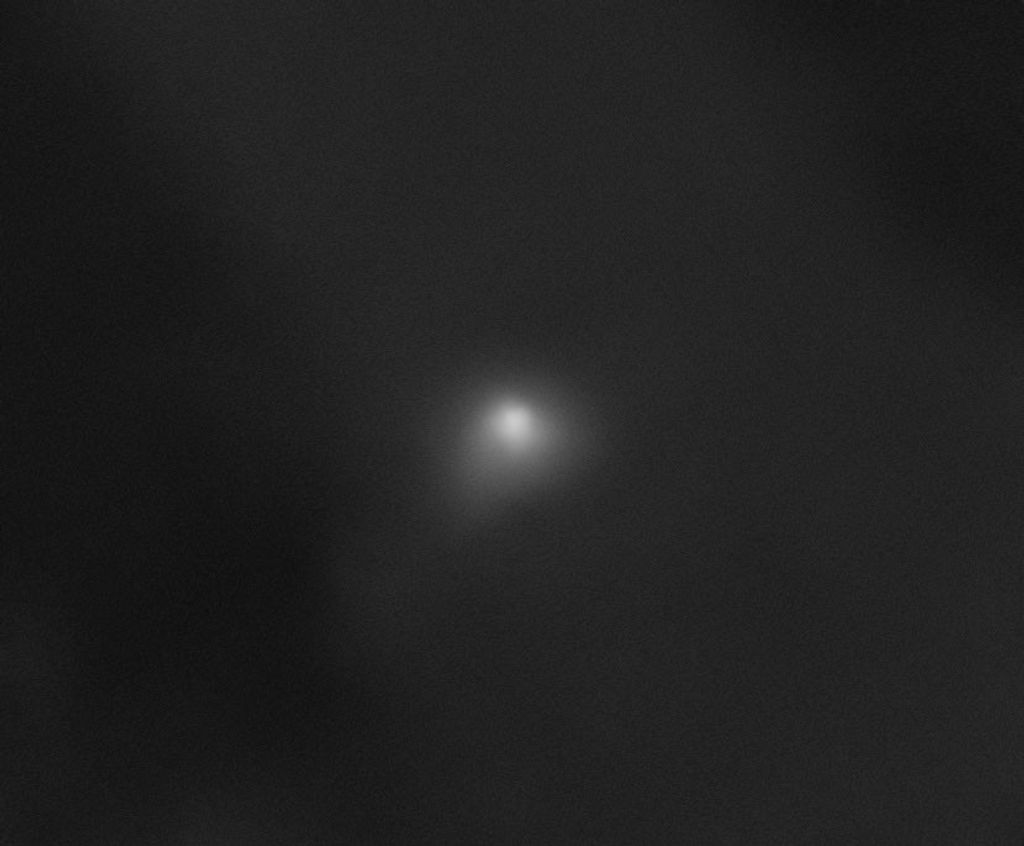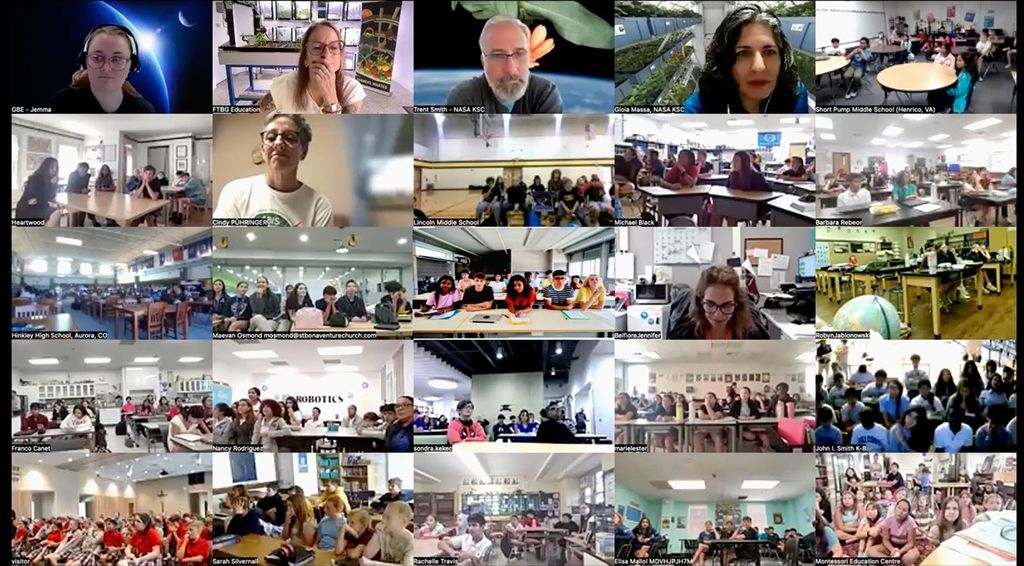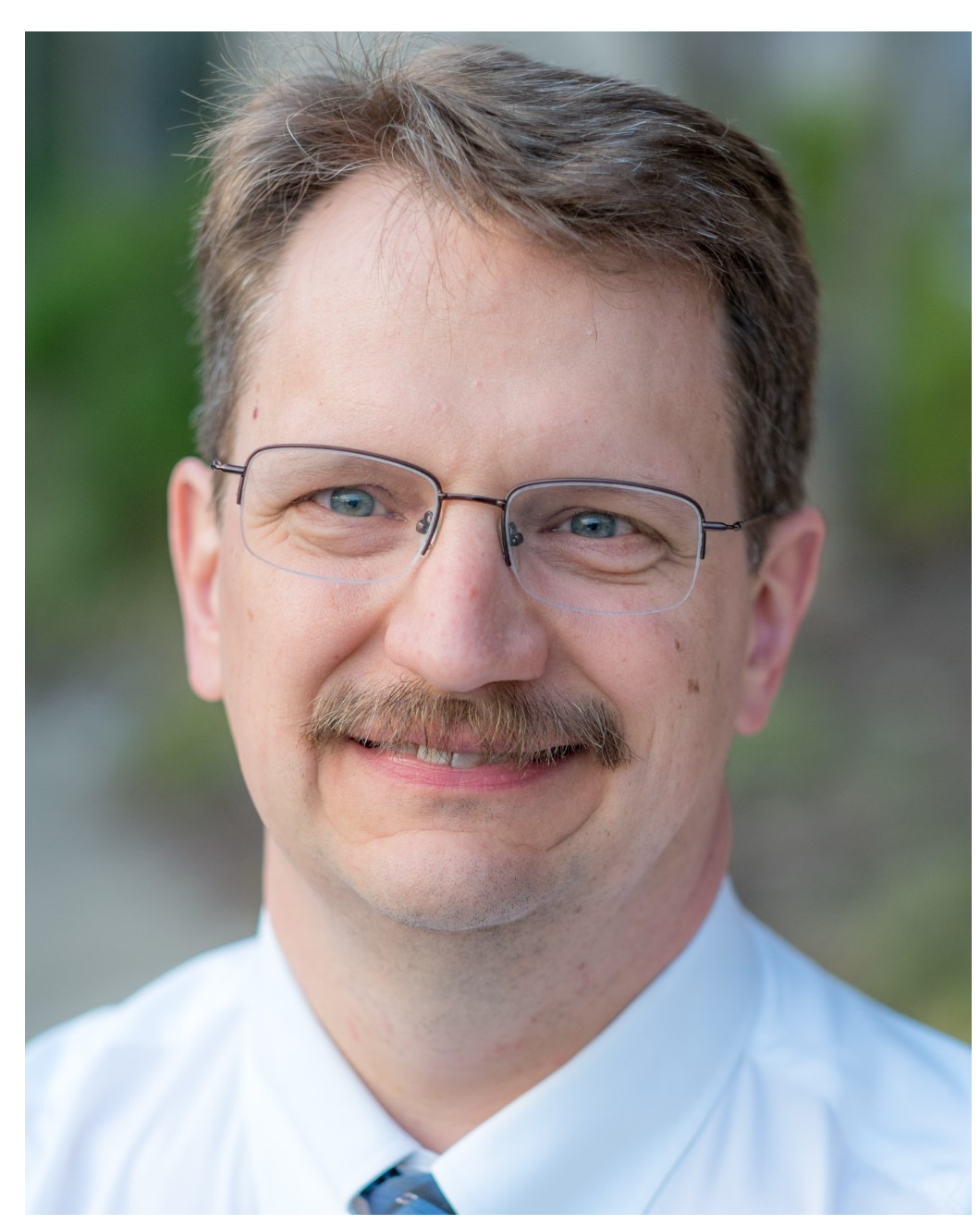Jonathan Gardner of NASA’s Goddard Space Flight Center in Greenbelt, Maryland, was selected as a 2023 Fellow of the American Astronomical Society (AAS) for extraordinary achievement and service. He is being recognized for exceptional community service and scientific leadership of NASA’s James Webb Space Telescope science teams, leading to Webb’s flight hardware exceeding all of its requirements.
Gardner is the deputy senior project scientist for the Webb telescope in Goddard’s Astrophysics Science Division. Webb, which launched Dec. 25, 2021, is the largest, most powerful, and most complex space science telescope ever built. Webb is solving mysteries in our solar system, looking beyond to distant worlds around other stars, and probing the mysterious structures and origins of our universe and our place in it. Webb is an international program led by NASA with its partners, ESA (European Space Agency) and the Canadian Space Agency.
John Mather, senior project scientist on Webb and a senior astrophysicist at Goddard, nominated Gardner for the fellowship. In his nomination, Mather wrote:
“Jonathan Gardner is a quiet superstar, well known to the Webb community. As deputy senior project scientist for Webb, Gardner represents the senior project scientist in all aspects of the mission, with responsibility for ensuring Webb’s scientific performance. Gardner is a tireless advocate for the scientific vision and its accurate implementation. He is the main spokesperson for Webb science throughout NASA and in the wider astronomy community. He is the person most responsible for keeping the science teams working well together and for communicating with other astronomers.”
Gardner began working on Webb as a member of the Ad-Hoc Science Working Group in the late 1990s, joining the project as the deputy senior project scientist in 2002.
Beginning in 2002, Gardner organized all the meetings and communications of the Science Working Group, which included people from the U.S., Europe, and Canada, including instrument teams and other partners. He recruited Goddard scientists for the mission’s Project Science Team, and ensured a scientist was assigned to every engineering topic. Gardner also wrote and published the scientific requirements in a dedicated issue of Space Science Reviews. He set up the Science Requirements Analysis Board to review any potential threats to the scientific goals of the mission and worked with engineering teams to avoid any failures. He represented scientific interests throughout the engineering project and throughout NASA, by ensuring regular communication between scientists, managers, and engineers.
The 2023 AAS Fellows are recognized for enhancing and sharing humanity’s scientific understanding of the universe through personal achievement and extraordinary service to the astronomical sciences and to the AAS.
AAS, established in 1899, is a major international organization of professional astronomers, astronomy educators, and amateur astronomers. Its membership of approximately 8,000 also includes physicists, geologists, engineers, and others whose interests lie within the broad spectrum of subjects now comprising the astronomical sciences. The mission of the AAS is to enhance and share humanity’s scientific understanding of the universe as a diverse and inclusive astronomical community, which it achieves through publishing, meetings, science advocacy, education and outreach, and training and professional development.
For information about NASA and agency programs, visit: https://www.nasa.gov
By Robert Gutro
NASA’s Goddard Space Flight Center, Greenbelt, Md.





























